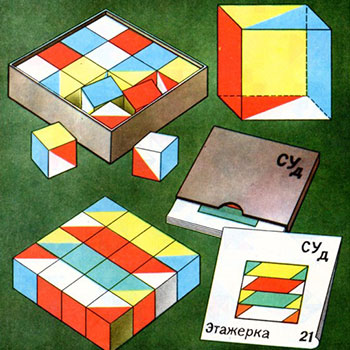How do you convert the Cartesian coordinates (2√3, 2) to polar coordinates?
1 Answer
Sep 5, 2015
Explanation:
Let
The corresponding polar coordinate is
(You might notice that this is similar to the distance formula; that's not a coincidence,
and:
So, given
We can say that
Thus, the point in polar coordinates is

